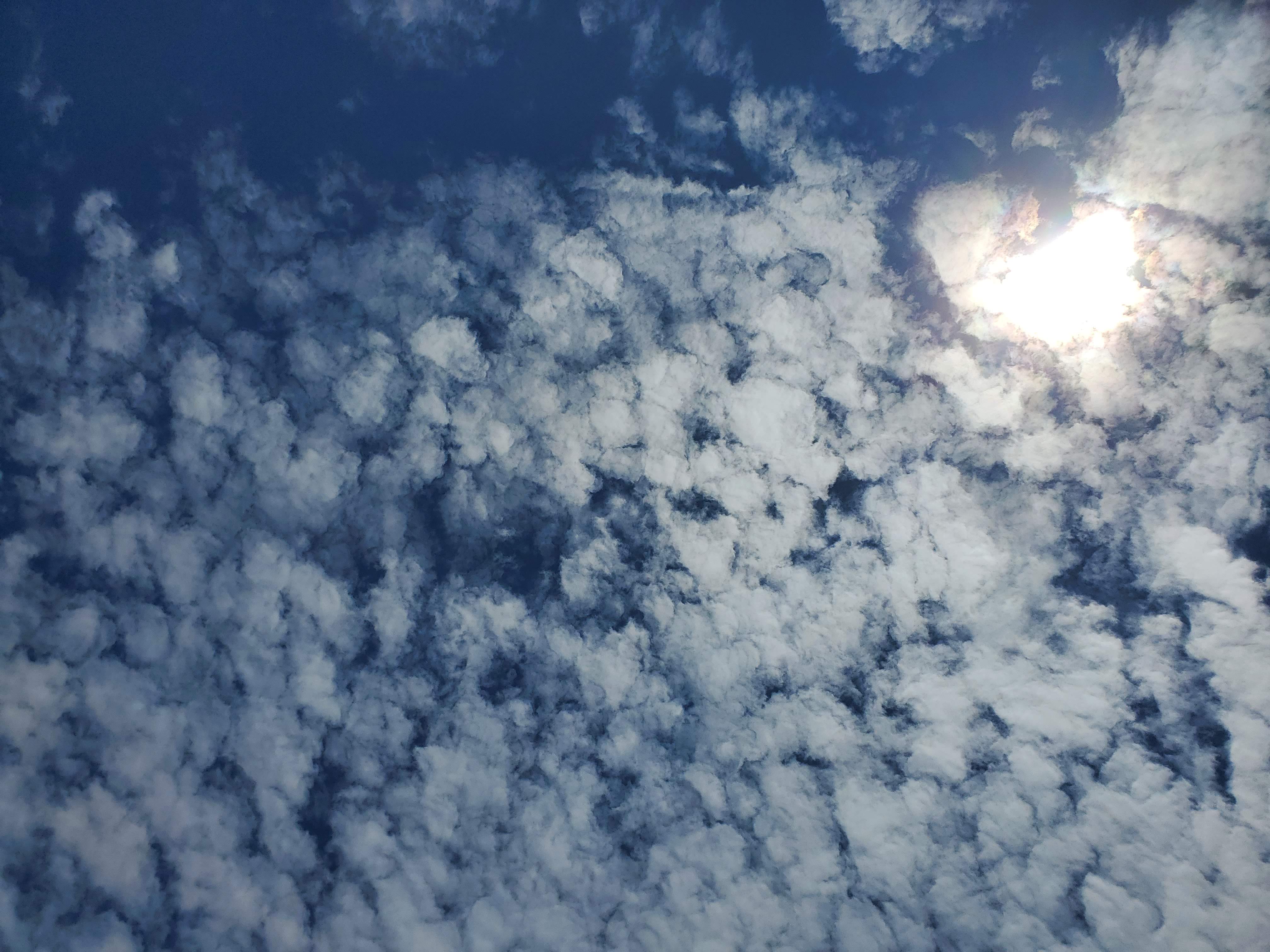
Carolyn Shi
This is my portfolio, please click below for my projects
Design Process
Furniture Design book cover
This project aimed to encapsulate the style of a furniture architect and express that in a book cover design. Furniture designer: Frank Gehry Movement: post-modern Furniture collections: Easy Edges, Experimental Edges, Bentwood, Fish and Snake Lamps
Frank Gehry is predominantly known for his whimsical and parametric architectural designs but I found out that his furniture was also very playful while also utilitarian. His furniture designs all had common threads of
- organic curves
- inspired by the design of natural beings
- traditional materials used in new ways
Using these guiding principles I gathered from his furniture designs, I thought that this quote from an interview really characterized his work in furniture: “You have to break it down into technical components, which are sort of mosaic in nature” from here.
Style Study
Elements
There are no particular elements like a leg or backrest or armrest that are distinct to Gehry’s style. His furniture can be characterized by repetition or continuity or uniformity across a piece or collection of pieces. A group of pieces will be all made of the same material or created using the same technique or share the same color or have the same curves or have the same texture, etc.
Syntax
The main point of his furniture is that it is arranged with only itself in order to serve the purpose of whatever object he is creating.
Techniques
-
Corrugated cardboard: Gehry’s first and second furniture collections: Easy Edges (1969-73) and Experimental Edges (1979-82) — chairs and tables are made with industrial corrugated cardboard. He saw stacks of cardboard at an office one day and experimented with it. Gehry found that if you layered the corrugated board in alternate directions enough times and used glue to adhere them together, it was incredibly strong. It was durable, needed no finishing, and had a noise-canceling quality that reportedly cut sound volume in half.
-
Bentwood: Knoll furniture series (1989-92) made using the technique of molded plywood of Alvar Aalto and Charles and Ray Eames.
-
Fish and Snake Lamps: commissioned by Formica, he and other designers were sent Formica’s new surface material, ColorCore. The story goes that he accidentally dropped a piece and when it shattered, it inspired him and he glued the pieces together to make what are now fish lamps. Gehry believes that the fish is a perfect form. He’s fascinated by the movement, liveliness, and lightness of the fish body.
Expression
Gehry’s furniture stretches the physical limits of materials to serve a purpose. He takes the base material and explores the form of it and how that can be stretched to fit its function. Goldberger, the author of his biography, says that his style can be best described as the intersection between imagination and problem solving.
Final Design Decisions
Typography
I wanted a font family that was
- Sans-serif because Gehry’s furniture is not ornate and prioritizes function. He takes the basic elements and manipulates them in order to get them into the shape that is required. Sans-serif I feel like has all the basic elements without all the bells and whistles
- Thick stroke mimic the thickness of his materials (i.e. the layers of cardboard, thickness of bushel slats)
Design
The height and width of the book are modeled approximately after an actual biography of Frank Gehry called Building Art: the Life and Work of Frank Gehry by Paul Goldberger.
Cover
Using the Wiggle Chair design was the most obvious since that’s his most famous piece of furniture but I wanted the cover to represent all of his furniture, not just Easy Edges. So how I managed that was I connected the ends of the chair with the text to sort of take the chair out of context and connect it with the other elements. I think the ‘wiggle’ of the Wiggle Chair design is evident in his other pieces surfacing as organic curves created by the nature of the material used(wood pieces), what it represented (fish/snake lamps) and in cases where it was molded or created (metal/plastic works) there has always been a sort of natural curve to the pieces.
Spine
The spine is two inches wide like how wide the slats used to create Gehry’s Bentwood furniture series. The publisher is MIT Press because I like their simplistic logo and it ties in with the m-i-t of the title of the book.
Back
I took inspiration from an actual biography written about Frank Gehry and used that as a template for the back cover. I made a box for each section of text and one at the bottom for the bar code.
Color
I picked black for the text because most of Gehry’s pieces retain the natural color of the material that was used to make it. Black is the ‘natural’ color of ink (even though you can make natural inks of many colors) so I kept all the ink black. The color transitions from black to a tan that you can find in nature and is reminiscent of his wood pieces since that is a large majority of his furniture designs.